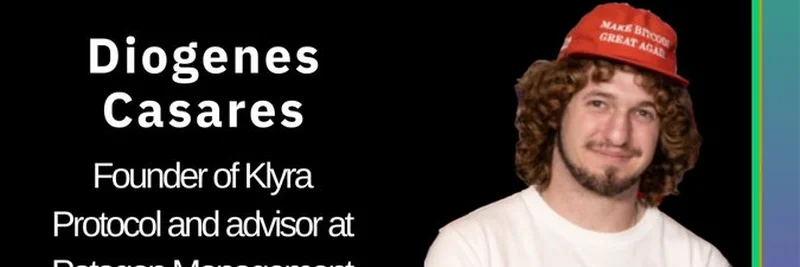Why Robinhood Picked Arbitrum Over Solana
Robinhood's recent decision to develop on Arbitrum rather than Solana has sparked considerable interest within the cryptocurrency community. This choice, highlighted in a thread by Laura Shin on X, sheds light on the critical factors influencing blockchain selections for major platforms. Let's break down the discussion and understand the implications.
The Context
Robinhood, known for its user-friendly approach to investing, is venturing into the realm of tokenized assets. The platform's choice of Arbitrum, an Ethereum Layer 2 scaling solution, over Solana, a high-performance blockchain, is not just a technical decision but a strategic one. The thread, featuring insights from Diogenes Casares, delves into the nuances of this decision.
Safety and Regulatory Compliance
One of the primary reasons Robinhood opted for Arbitrum is the emphasis on safety and regulatory compliance. As a regulated entity, Robinhood must navigate a complex landscape of legal and financial regulations. Arbitrum's connection to the Ethereum ecosystem provides a more familiar and compliant environment compared to Solana. This choice aligns with Robinhood's need to ensure that their operations are secure and meet regulatory standards, which is crucial for maintaining trust with users and regulators alike.
Technical Considerations
Arbitrum's Layer 2 solution offers several technical advantages that likely influenced Robinhood's decision. It leverages rollups to enhance scalability and reduce transaction costs while maintaining the security of the Ethereum main chain. This is particularly important for handling the high volume of transactions that tokenized assets might generate. On the other hand, Solana is renowned for its speed and low costs, but its finality and regulatory track record might not yet be as robust as Ethereum's.
Community and Ecosystem
The Ethereum ecosystem, of which Arbitrum is a part, boasts a vast and active community. This community provides a wealth of resources, developer tools, and a proven track record of handling complex financial applications. Robinhood's decision to build within this ecosystem allows them to tap into existing infrastructure and expertise, potentially speeding up development and deployment.
Challenges and Opportunities
While Arbitrum offers a safer and more compliant environment, it also presents challenges. The Layer 2 solution might not match Solana's speed, which could be a drawback for applications requiring rapid transaction processing. However, the trade-off between speed and security is a critical consideration for a platform like Robinhood, where user trust and regulatory approval are paramount.
On the opportunity side, Robinhood's move to Arbitrum could spur further development and adoption of Layer 2 solutions. It might also encourage other regulated entities to explore Ethereum's scaling solutions, potentially leading to a broader acceptance of decentralized finance (DeFi) applications in traditional finance.
Conclusion
Robinhood's choice of Arbitrum over Solana underscores the importance of regulatory compliance and ecosystem maturity in blockchain decisions. While Solana's speed and cost-efficiency are impressive, the safety and familiarity of the Ethereum ecosystem, enhanced by Arbitrum's Layer 2 capabilities, make it a more suitable choice for a regulated player like Robinhood. This decision not only reflects the current state of blockchain technology but also hints at future trends in the integration of traditional finance with decentralized systems.
For more insights into meme tokens and blockchain technology, visit Meme Insider.


